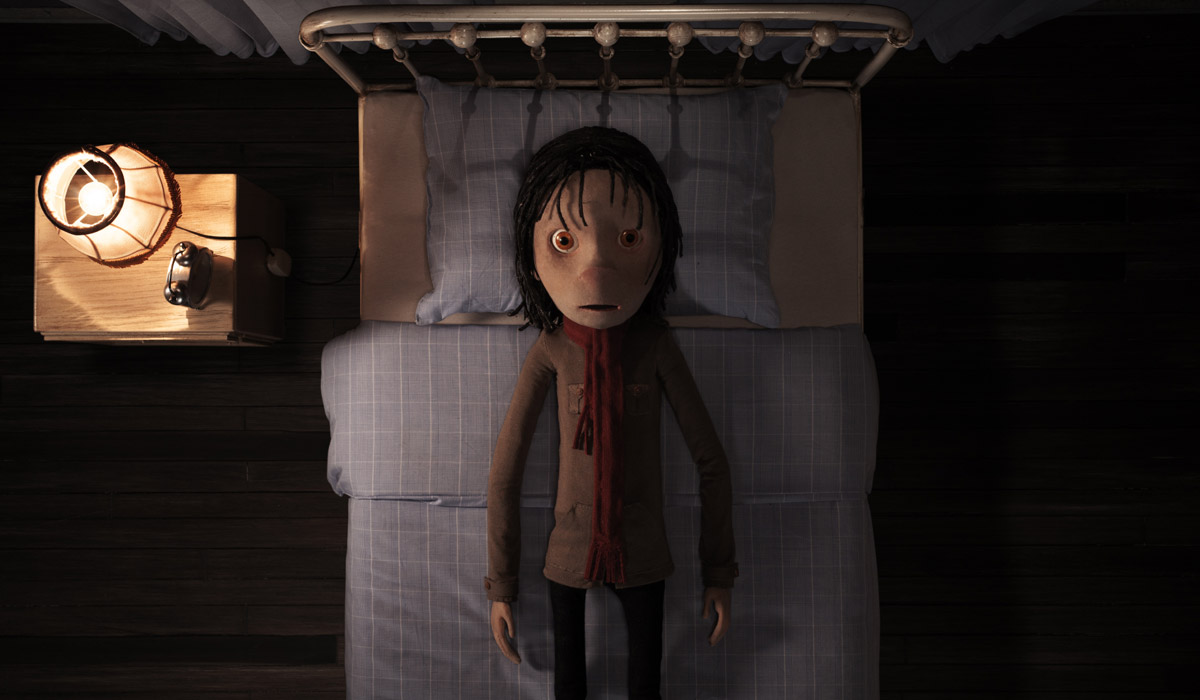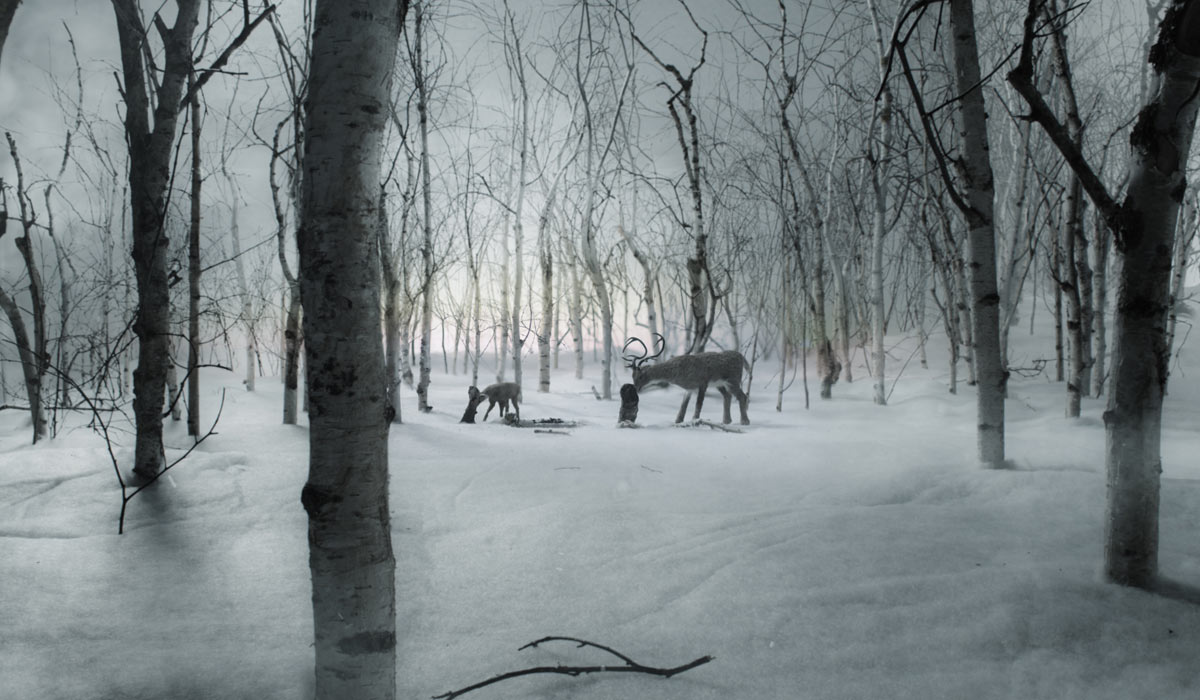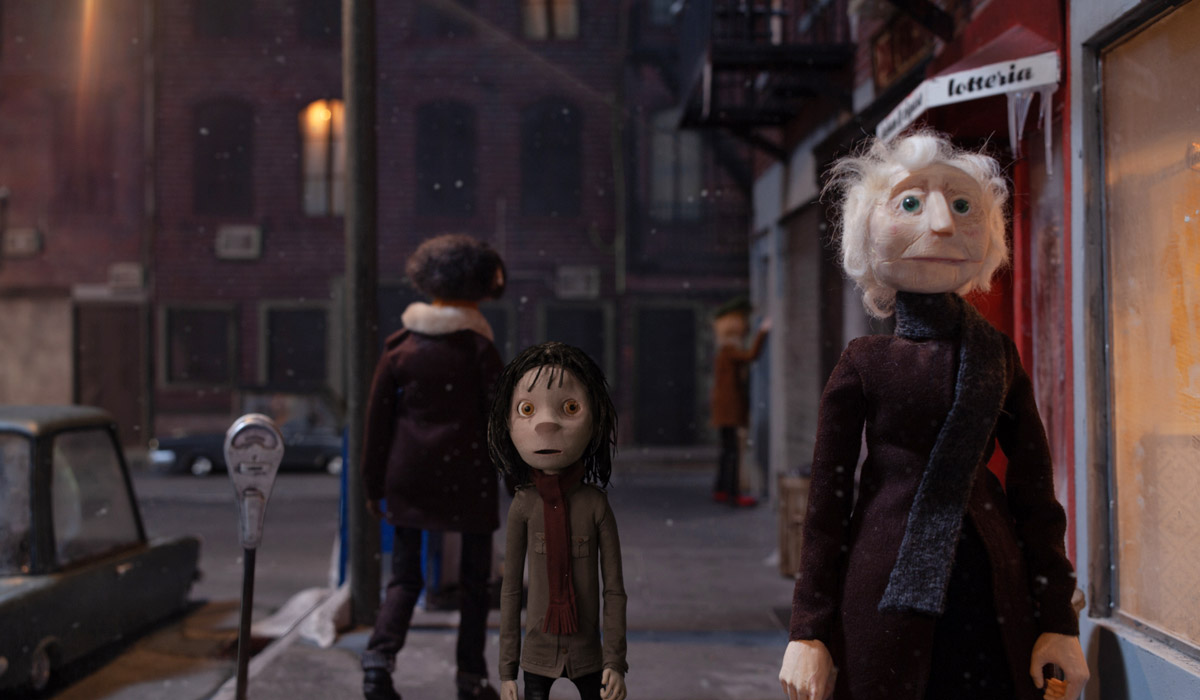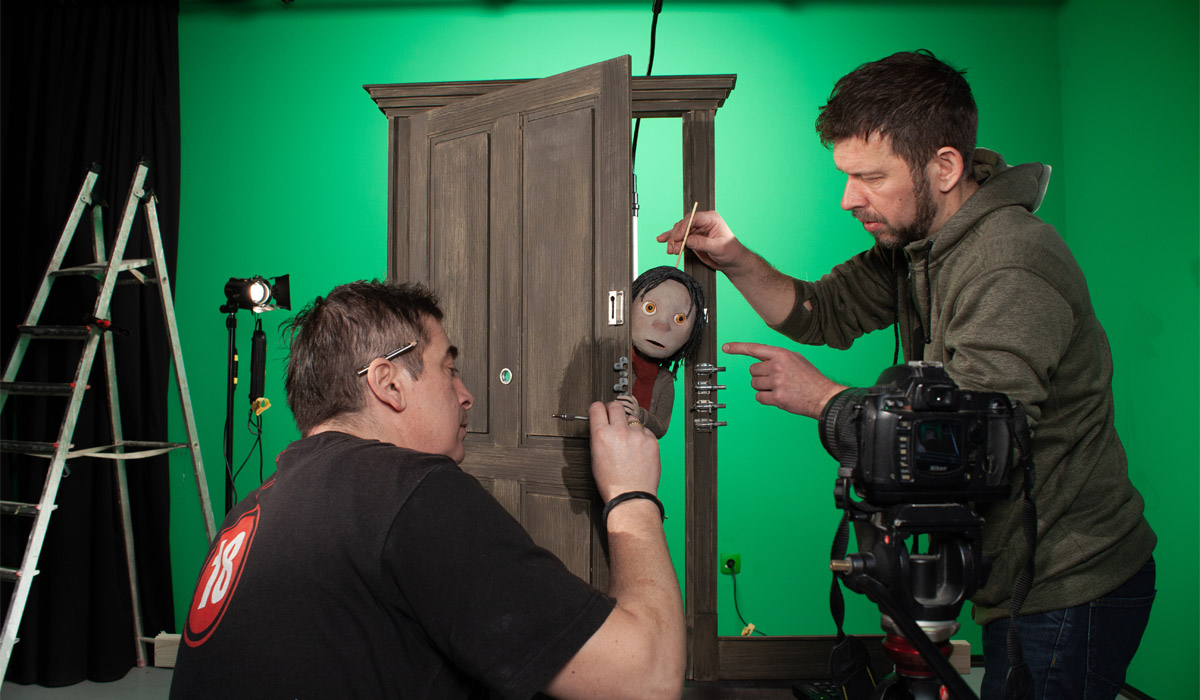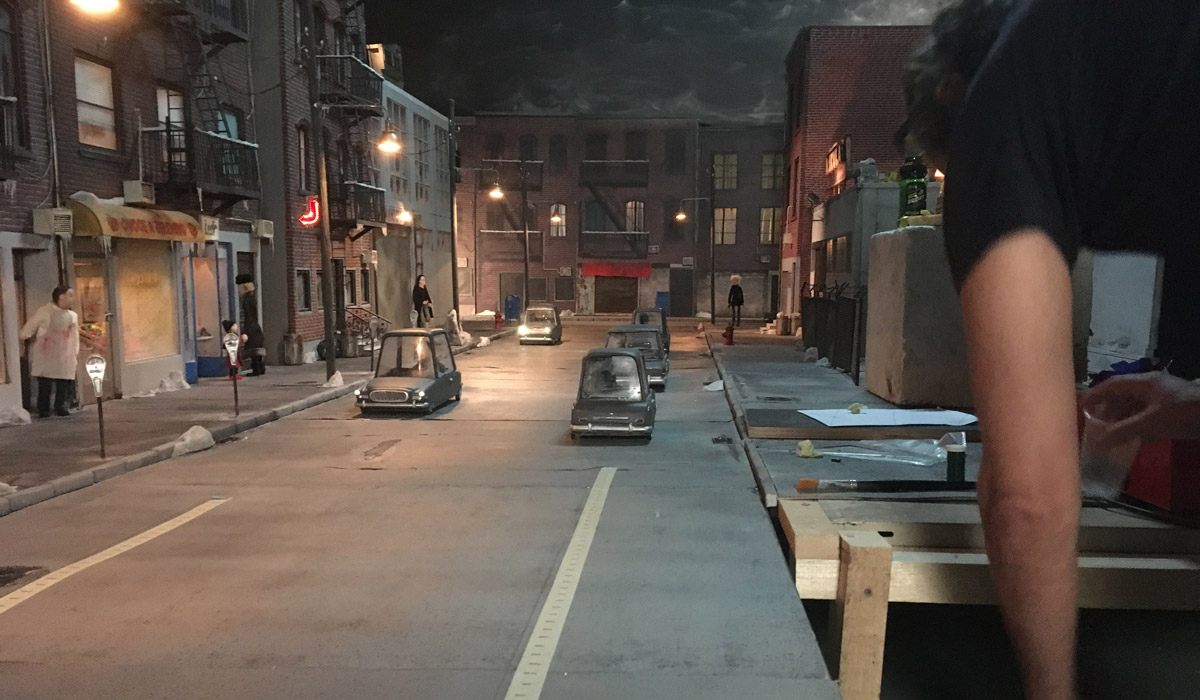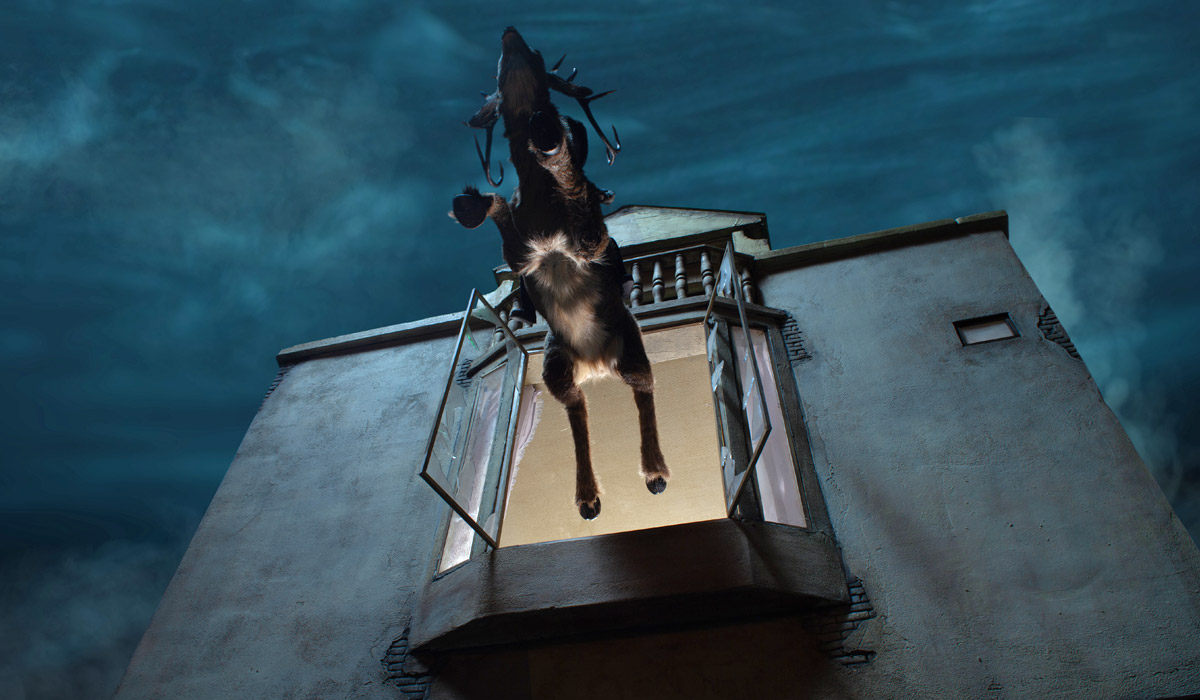Can You See Them?


Synopsis
A schizophrenic boy witnesses the killing of a deer in the forest and starts running back home. A myriad of strange occurrences along the way worsen his condition. The safety of his home is only an illusion, and a series of visual stimuli forces him to go back to the beginning of the story in order to try and change the sequence of events.
Film Credits
Direction, Script, Animation: Bruno Razum
Music: Hrvoje Štefotić
Production: Ustanova Zagreb film
Running time: 10 min
Can You See Them? is Bruno Razum’s stop-motion short film with memorable visual experiences; a story of a boy’s nightmarish illusory experience.
The film was nominated for the Grand Competition Short Film and The Croatian Film Competition and selected as the best Croatian film at Animafest Zagreb 2021.
We heard from Bruno Razum on the story behind the creation of the film.
Interview with Bruno Razum
Hideki Nagaishi (HN): What kind of message or experience do you want to deliver to the audience the most through the film?
Bruno Razum: “Times are hard, but modern”, says an Italian proverb. We live one virtual reality, socially distancing ourselves, and on the other hand we communicate with the whole world. In fact, we live in isolation and alienation, especially with young people. There is almost no person who does not suffer from some, at least a milder form of, depression, anxiety, or stress produced by the way of living, and there is too little talk about it. My intention was to encourage the viewer to think about these issues.
HN: Where did the initial idea of the film’s story come from, and how did the film project start?
Bruno Razum: It’s a personal story within my family, and I wouldn’t go into details about it. The plot of the film doesn’t really reflect the person who inspired me to make the film, but it’s the disease itself that is too little talked about, that people are often ashamed of. Zagreb Film liked the idea of the film, so the funds were raised and the film project came to life.
HN: How did you develop the story and what did you take care in the most during the story development?
Bruno Razum: The story was created quite unconventionally. Schizophrenia is irrational, so I approached the film irrationally. I had surreal motifs in my head, such as the deer trophy on the wall coming to life or the main character meeting an older version of himself. I also had characters with strong, symbolic meanings (such as the deer and the black dog), and then I tried to put the puzzle together around these motifs and connect them into a compact whole, which was, I must admit, quite a challenge.
HN: I would like to hear about the story behind the visual creation. What did you focus on the most when you designed the characters and sets? And how did you develop the visual of illusory scenes?
Bruno Razum: The biggest challenge was the city scene, especially in the chase scene at the end, because normally the whole city had to be constructed, and the studio in which I filmed does not offer space or finances for such a set. So, everything was filmed in many separate sets, often with the camera in motion, and later in post-production they merged into a whole. In fact, the whole city is made up of 5 façades where I changed the details to change their identity, therefore, the practicality of manipulation contributed to the character of the set itself. The interiors are fairly minimal to bring the plot to the forefront, in fact, they only consist of objects relative to the film’s plot.
The design of the main character differs from the appearance of the rest of the characters, in order to separate him from the environment of which he is a part of. However, the deer and the dog, that have symbolic meanings in the film, are shown realistically, without stylisation, contrary to one’s expectations. Nothing is as it seems.
HN: I’m curious about the reason why the boy is all alone, with none of his family present in the film. Could you please let me know your aim with that?
Bruno Razum: A boy is alone and not alone, maybe not really a boy, but an adult. In the film, he meets himself in adulthood, and at the end of the film we also see him as an adult. My intention was to show the state in which he finds himself throughout his life, and there is no way out. That’s why the end of the story represents its beginning, shaping the form of an endless day.
HN: Could you please elaborate on the metaphors and symbolisms you’ve chosen to use in the film, such as the deer, dog and red balloon?
Bruno Razum: The deer has a fairly strong symbolism in most cultures, so it can represent authority, soul, regeneration, and so on; mostly one sublime spiritual being. The black dog on the other hand is traditionally associated with the afterlife, darkness and death, often as a guardian of the underworld.
The relationship between these two symbols should be completely clear: they are two opposite poles connected by the main character that suffers from schizophrenia. As schizophrenia actually distorts perception, those roles are reversed here.
The dog, the wraith, is actually hunting the boy because he wants to break that endless series of death. The red balloon is a visualisation of the transition from one world to another.



